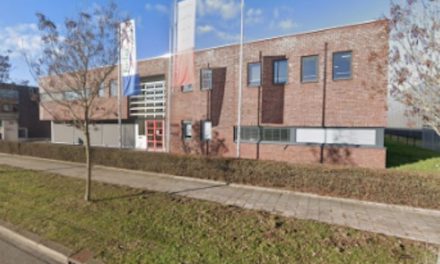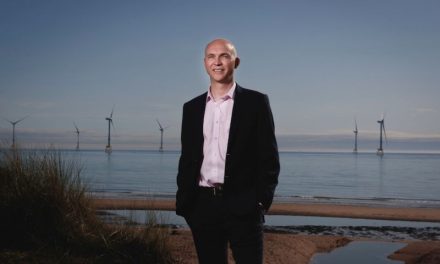Lhyfe, the producer and supplier of green hydrogen, announces its partnership with three leading players in research and development: the CEA, the Marine Energy Alliance (Interreg North-West Europe) and the Institut de Recherche pour le Développement (IRD). With these contracts, Lhyfe keeps on pushing the advances of the technology of its production sites and is preparing its offshore deployment.
The CEA
Launched in June 2020, the innovations developed under the contract with the CEA Tech will beimplemented at Lhyfe’s first green hydrogen production site in Bouin (Vendée) in early 2021. The technologies developed in real-world conditions will allow to validate all the developments made (design of H2 system, management of the wind production) before considering a deployment at sea from 2022.
The European consortium Marine Energy Alliance (MEA)
Set up for 4 years, from May 2018 to May 2022, with a total budget of €6 million, MEA intends to allow European research centres specialized in marine renewable energy (MRE) and industrialists to bring their innovative technologies to advanced technology and commercial readiness levels (TRL/CRL). The companies benefit from from tailor-made services to reach their goals and contribute to the consistent growth of the marine energy industry in general. They have access to the global expertise of the project partners in the development of marine energy.
According to the European Interreg North-West Europe programme, Lhyfe’s application was selectedby the MEA through the development of prototypes. In co-management with the Dutch Marine Energy Center (DMEC, Netherlands), Lhyfe will benefit from the scientific and commercial support of the Ecole Centrale de Nantes, EMEC (UK), Marei (Ireland) and INNOSEA (France).
The IRD
The collaboration contract between the Institut de Recherche pour le Développement (IRD) and Lhyfe aims at studing, upstream, the global environmental effects of oxygen release into the ecosystem, made possible thanks to a deployment of offshore green hydrogen production by water electrolysis. Through research carried out within the IUEM (European Institute for Marine Studies), climatological analysis, carried out using models used by the IPCC, will be undertaken according to two preliminary scenarios (up to 2100): one dimensioning, the other one minimalist, which will make it possible to optimize the strategy of deployment for offshore hydrogen production capacities, in order to maximize the benefit for the ecosystem.




